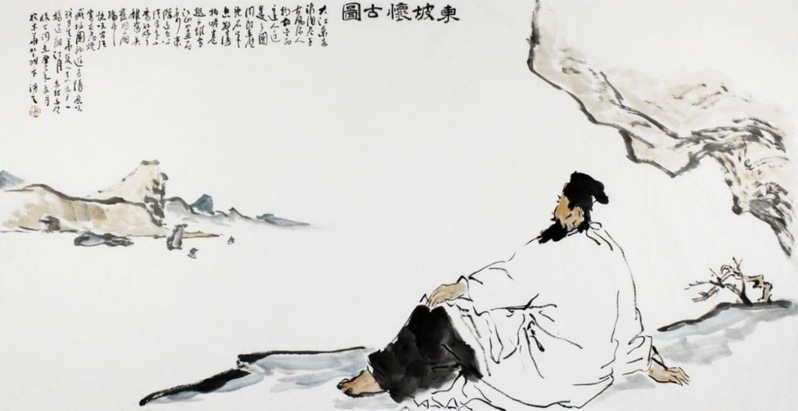
Auther:2023-12-12

Su Shi (1037-1101), Zizhan, Dongpo Jushi. borned in Meishan, Meizhou (now belongs to the city of Meishan, Sichuan Province), his ancestral home in Hebei Luancheng, the Northern Song Dynasty, a writer, calligrapher, painter, historical water management celebrities. Father for Su Xun, younger brother for Su Zhe, father and son of three people and called three Su.
Su Shi reached a high level of attainment in literature, poetry, and lyrics, and can be considered as the representative of the highest achievement of Song Dynasty literature. Moreover, Su Shi's creative activities were not limited to literature; he excelled in the fields of calligraphy and painting, and also contributed to the arts of medicine, cooking, and water conservancy. Su Shi typified the cultural spirit of the Song Dynasty. Su Shi's attitude towards life became a paradigm for future generations of literati to look up to: he was free to advance and retreat, and he was not afraid of being humiliated or spoilt. At the same time, Su Shi's aesthetic attitude provided an inspiring aesthetic paradigm for future generations, as he embraced the world with a broad aesthetic vision, so that everything could be viewed and beauty could be found everywhere. This paradigm has opened up a new world for future generations in terms of subject matter and expression.
Su Shi built several long dikes in his life. In the autumn of 1077, the city of Xuzhou was besieged by heavy water. Su Shi urgently deployed 5,000 people to reinforce the foundation of the city and build a high wall. In the south of the city, where the water situation was serious, Su Shi organised the Xuzhou army and people to build a long dike to prevent flooding. In the fourth year of the Northern Song Dynasty (1089), Su Shi was appointed as the governor of Hangzhou. As the West Lake had not been dredged for a long time, it was silted up for more than half of the time, and the lake gradually dried up, and the lake was full of weeds, which seriously affected the agricultural production. In his second year in Hangzhou, Su Shi led a group of people to dredge the West Lake, using more than 200,000 civilian labourers, dismissing the turnip fields, restoring the old view, and establishing the Three Pagodas (the present Three Pools Reflecting the Moon) as a landmark at the deepest part of the lake. He concentrated the dredged mud into a long embankment across the West Lake, with six bridges connecting the embankments for the benefit of pedestrians, which later became known as the Su Causeway.

